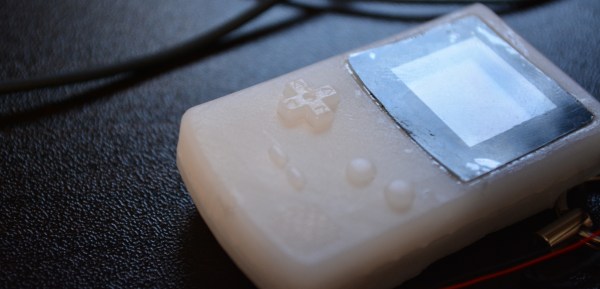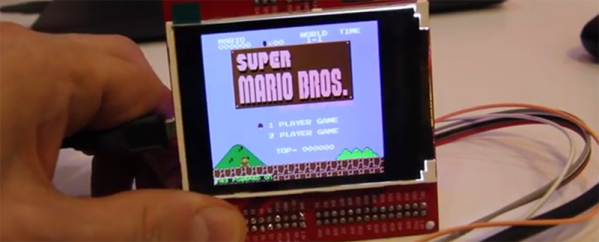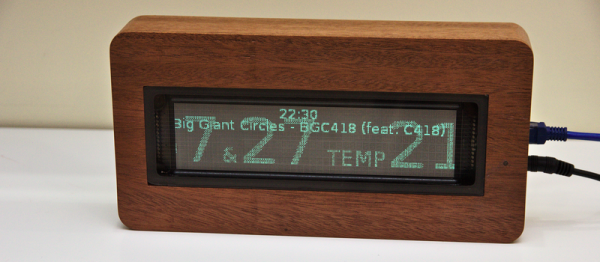SpriteTM, or [Jeroen Domburg], has a bit of a following around these parts. He’s installed Linux on a hard drive the hard way. He can play Snake on his keyboard. He’s cared for several generations of Tamagotchis. In short, there are very few people who have both the technical ability and sense of humor to pull off what [Sprite] does.
At last year’s Supercon, we pulled Sprite aside to talk about his work and his latest hack, the tiniest Game Boy ever. He talked about his Supercon keynote, and how to hack the crypto challenge in last year’s Superconference badge in an hour without solving any of the puzzles. Now, we’re happy to present that interview today, available below.
While we very much doubt many people could — or would — take four conference badges and rick roll the entire Superconference for the badge hacking session, we’re still looking for eager and capable presenters. The Call for Proposals is now open for the 2017 Hackaday Superconference. If you have a story of hardware heroics, creativity in CPLDs, a passion for prototyping, or an ambition for technological art, we want you to share your story. Even if you don’t, that’s fine, too: tickets are still available for the Superconference in Pasadena, California on November 11th and 12th.


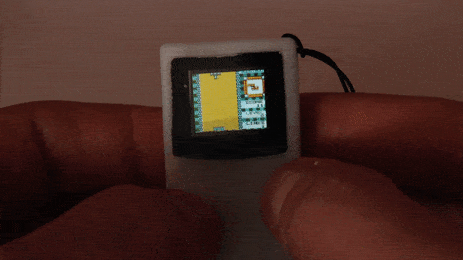
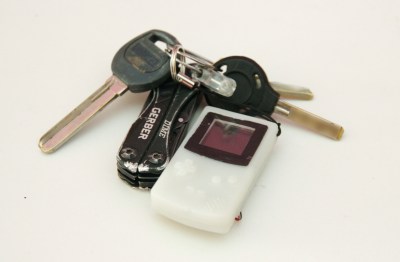 I’m sure that many of you have fond memories of your first handheld games. This will be Game Boy for most, and we admit they had fairly decent portability and battery life that puts many smart phones to shame. Despite this, Sprite_TM always dreamed of an eminently more portable version and to his adolescent delight he discovered a key chain version of the Game Boy. Unfortunately, he was duped. The keychain looked like a Game Boy but only functioned as a clock.
I’m sure that many of you have fond memories of your first handheld games. This will be Game Boy for most, and we admit they had fairly decent portability and battery life that puts many smart phones to shame. Despite this, Sprite_TM always dreamed of an eminently more portable version and to his adolescent delight he discovered a key chain version of the Game Boy. Unfortunately, he was duped. The keychain looked like a Game Boy but only functioned as a clock.